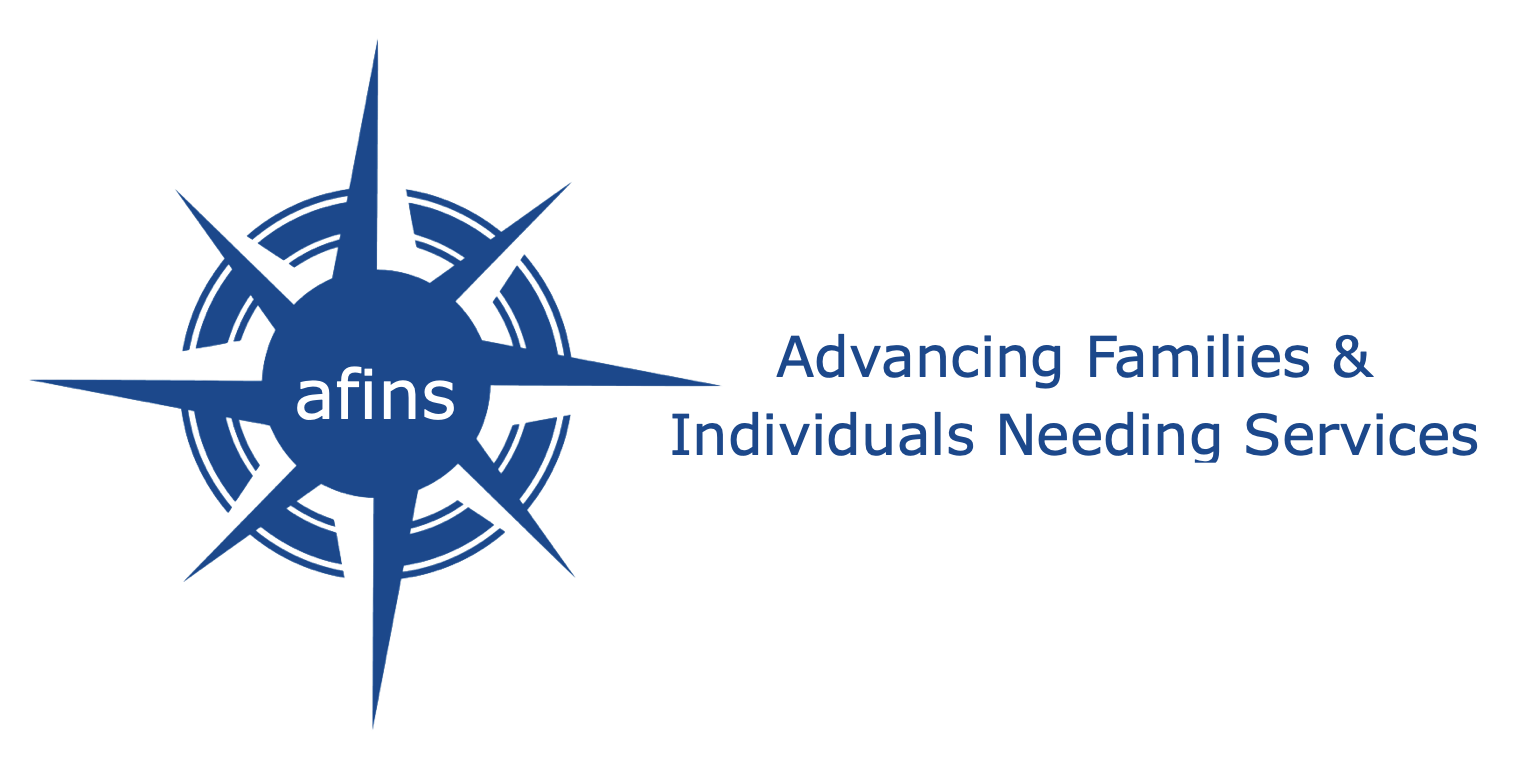A Life Care Plan plays a vital role in special needs planning. Special Needs Alliance (SNA) members Thomas Begley, Jr. and Emily Schurr emphasize that planning should begin “with the end in mind,” just as Stephen Covey teaches.
A Life Care Plan starts by gathering all essential details about the person with disabilities – diagnosis, daily needs, living arrangements, support network, medical providers, public benefits, financial resources, and more. From that foundation, the plan defines:
- Expected monthly expenses and long-term budgeting needs
- The key individuals involved (e.g. family, caregivers, professionals)
- Health and emergency protocols
- The individual’s strengths, challenges, routines, preferences, and personal goals
- Choices around living situations, employment, transportation, social and religious activities
Importantly, the article highlights that a Life Care Plan is not static—regular reviews allow the plan to stay aligned with changing health, financial, and support circumstances. It also serves to integrate seamlessly with broader legal and financial planning such as special needs trusts, estate plans, and powers of attorney.
Why This Matters
A Life Care Plan acts as a comprehensive roadmap to ensuring that a person with special needs can live as fully and securely as possible—especially as circumstances evolve. It provides clarity for family, advisors, and caregivers, and lays the groundwork for aligning legal and financial documents with real-world goals and resources.






